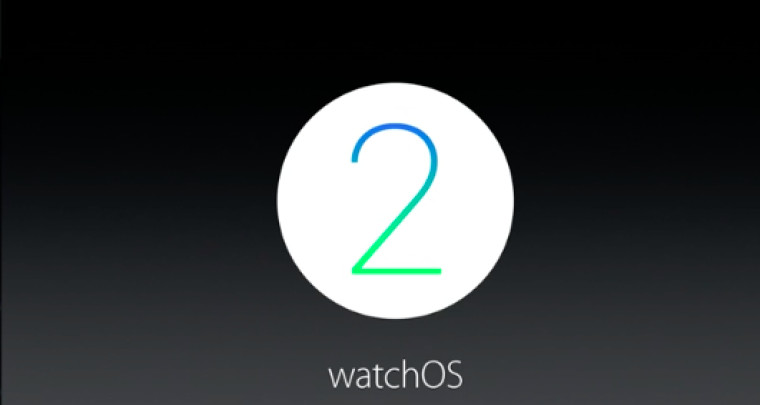
Apple Announces watchOS 2, Available September 16 (Updated)
Launching in just one week, watchOS 2 will finally bring some much-needed refinement and speed to the Apple Watch platform. In addition to offering native apps that can run untethered to iPhone for maximum efficiency, the new operating system features a number of additions and improvements, including the following:
-
Custom Faces

You can assign images from your Camera Roll, but Apple is also including stock animated vistas called “Time Transit.” With the exception of an odd partnership with Hermes, there were no other demonstrations of new stock Apple Watch Faces, which is something of a disappointment considering the dearth of options on the current product.
-
Third Party Complications

Finally, you can put Watch App content right on your Apple Watch Face, but this comes — apparently — with a major caveat: So far, as per the presentation, this customization is only available within the Modular Face’s large center space. For many users, this is the least desirable Face, and it’s all that was demoed on stage. Hopefully, developers will be able to access other Faces with smaller Complications, but that contingency was not mentioned during the keynote. [See update]
-
Time Travel

A feature copied (stolen?) straight from Pebble Time’s OS, Time Travel on Apple Watch allows wearers to spin the Digital Crown in order to move backwards and forwards through their daily schedules. As with the custom Complications demonstration, Time Travel only seems to work with the Modular Face. This apparent single-option lockdown strikes me as less of a design limitation and more of simple laziness on Apple’s part, but at least there’s some semblance — the foundational beginnings — of true Apple Watch customization coming. [See update]
-
Transit

Apple Watch’s Maps app will now allow users to find and navigate to a large selection of public transportation hubs. Why this wasn’t already included, I couldn’t say, but it’s here now, and folks without cars in big cities might find it of some value. (I think I’d prefer the Uber app, but I like my truck even better.)
-
Native Apps

This is the biggest plus for watchOS 2, and Apple demoed four such apps on stage at today’s event: Facebook Messenger, iTranslate, GoPro, and AirStrip. Each of these presented some compelling features, with iTranslate and GoPro being the subtle stars. Like a piece of critical kit out of Star Trek, iTranslate supports 90 languages and allows users to speak into their wrists as Apple Watch outputs the translated phrase. GoPro, though, has the best use case, as it operates strictly as a viewfinder and controller for your mounted action camera. Facebook Messenger is just another messaging app like all the rest (a.k.a. meh), and AirStrip, while very cool, is so data dense that it makes no sense whatsoever on the wrist. Watch the demonstration (starting at the 6:30 mark) to see what I mean. While I do believe Apple Watch could be a healthcare game-changer, this sort of functionality simply isn’t it.
Overall, the watchOS 2 showcase was something of a let-down, much in keeping with Apple Watch’s keynote history. Once again, Cupertino didn’t give us a lot to work with, but I think we can all take solace in the fact that, with almost 11,000 apps in the Watch App Store, developers will finally be able to take the reins and make this thing really shine.
Update: I goofed. While Apple focused solely on the Modular Face’s central area to showcase third-party Complications and Time Travel (I missed the little airplane icon in the picture above), those features will be available on other Faces as well. However, it would have been helpful on Apple’s part to demonstrate these different implementations, because it certainly confused the heck out of me. Also, I hate Modular.